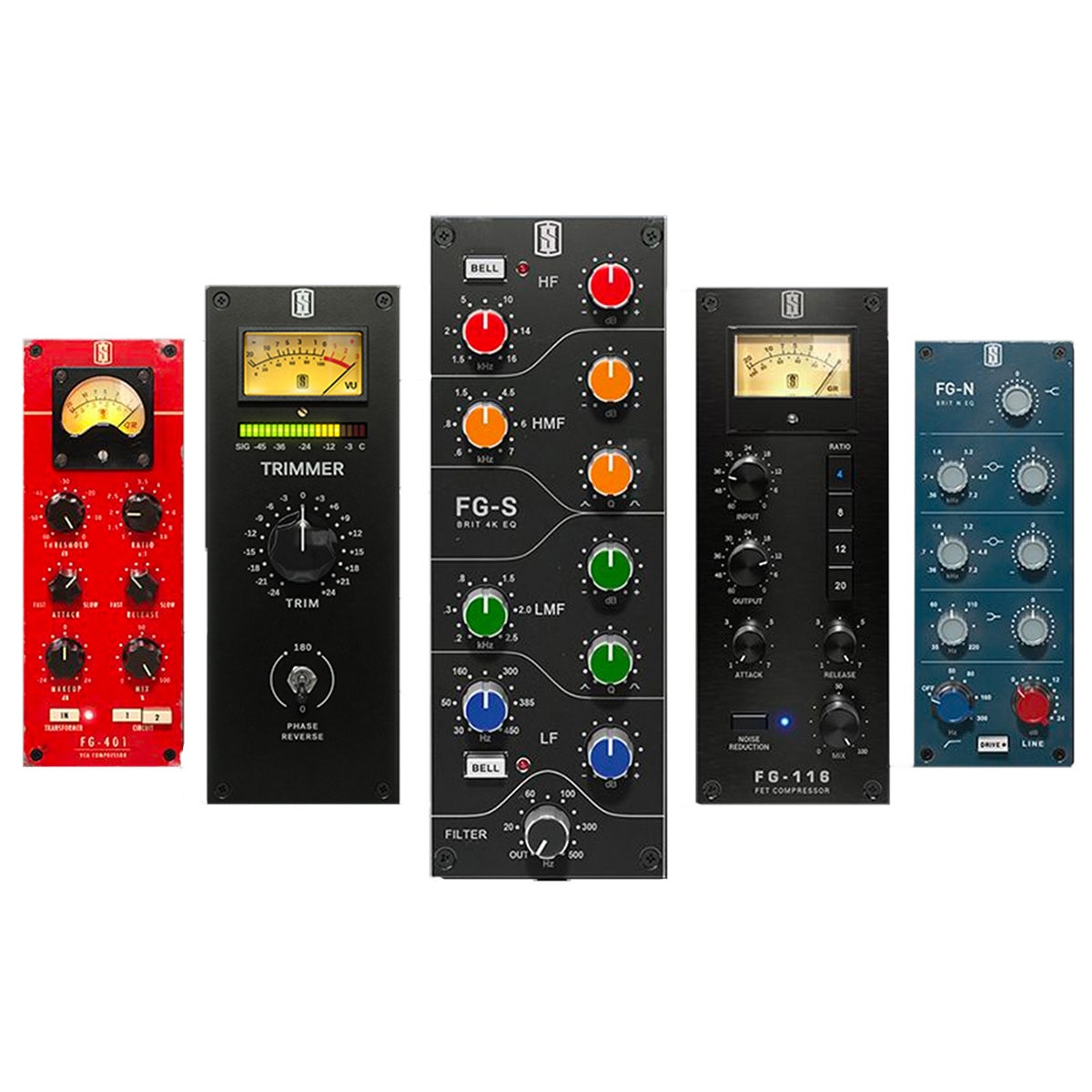

For example, you can compress the information in the sides to add liveliness and excitement to them without altering the dynamic range of the kick, snare, bass and lead vocals, which are generally panned center. I find the Mid-Side capabilities to be incredibly useful when you want to alter the dynamics of the information in the middle or panned to the sides separately. Use M/S mode to fine tune the dynamics of subgroups and your stereo buss. You might find situations in which the punch compressor type works on a vocal, bus works on an individual track, etc. It’s important to utilize the compressor type that best suits your program material, but don’t let the recommended types prevent you from experimenting with all that this compressor has to offer. while this obviously doesn’t work on everything, it often suits harder hitting musical genres like EDM quite well. Pumping: this style was designed to introduce over-the-top pumping artifacts.

Punch: traditional, well-rounded, analog-like compression behavior. Adds a pleasant and subtle glue to tracks. Mastering: designed to be as clean and transparent as possible, introducing little to no harmonic content, which keeps the integrity of the mix intact.īus: designed to work well with combined sources like drums. This style has automatic knee and ratio settings, so compressing your lead vocal is fast and easy. Vocal: designed to bring vocals to the front of your mix. It’s jam-packed with modern features, a beautiful graphical user interface and 5 different compression styles that emulate different compressor types. If you’re looking for a hyper-flexible, clean-sounding compressor not based on a classic hardware unit, it’s hard to argue against the Pro-C 2. E is slightly tamer than its blue-faced counterpart, and I use it when I want a more transparent gain reduction solution.ĪE (Anniversary Edition): this version features lower compression ratios (down to 2.1) than the others, making it great for subtle gain reduction tasks. Revision E: Also referred to LN for “low noise,” the Rev. I use it all over the place when mixing: for emphasizing the tails in drum room tracks, giving a more “in your face” quality to vocals and even adding energy to an entire mix by using it in parallel.

A is based on Putnam’s original design, and became known for its distortion characteristics and its ability to “slam” drums aggressively. Revision A: sometimes referred to as the “Bluestripe” due to its faceplate, Rev. The Classic Limiter Collection comes with three revisions of the 1176, each of which have their own unique sonic characteristics. It’s no surprise that the Universal Audio plugin emulation of the classic hardware unit is a standout. It’s known for its character and aggression. UAD 1176 Classic Limiter Collectionīill Putnam of Universal Audio designed the original 1176, which went on to become the most popular compressor of all time. Here are some of my favorite compressors to use when mixing music, and tips on how I use them. As with equalizers, you’re not likely to be able to find a major music release over the past 60 years that didn’t utilize compression at some point in the production process, whether it be during recording, mixing and/or mastering. They are now far more feature-laden than they were in the early days. Over the years technology advanced and so did the capability of compressors. Additionally, because many early hardware compressor units were tube (valve) based, engineers utilized the fact that they had a rich tonality to them, making them great for adding harmonic content to recordings. They can also manipulate transients so that the attack of kick or snare drums are more or less pronounced. Compressors can even out the dynamic range of signals, making them easier to balance against one another. Originally used in the broadcast industry to prevent the over-modulation of radio waves, music engineers gradually realized that compression could be used for other purposes. Perhaps aside from equalization, there is no type of processor more essential to the audio engineer than the compressor.


 0 kommentar(er)
0 kommentar(er)
